Solar power plants are among the power plants being developed. Independent management can ensure their sustainability. Read more on Kompas.
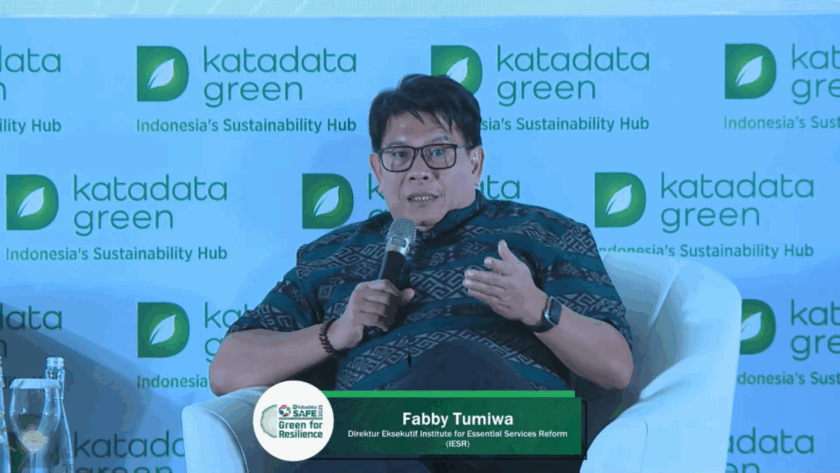
Jakarta, September 10, 2025 – “Energy transition is not a simple process that can happen overnight. It covers a broad spectrum and involves many aspects, ranging from politics, economics, technology, to the interests of various sectors. In Indonesia, steps towards energy transition are already visible, although its implementation still faces major challenges," said Chief…
The solar module industry in Indonesia is considered to need incentives, particularly in relation to the waiver of import duties on raw materials for solar power plants, in order to encourage domestic industry growth and increase domestic demand. Read more on ANTARA.
A total of four solar power plants in three villages, with a total capacity of 15.37 kWp, were inaugurated in Banjarasem Village, Buleleng Regency, Bali, on Wednesday, August 27, 2025. Read more on Tribun Bali.
The launch of rooftop solar power plants in these three villages is an effort to accelerate Bali's Net Zero Emission 2045 goal. Read more on Merdeka.
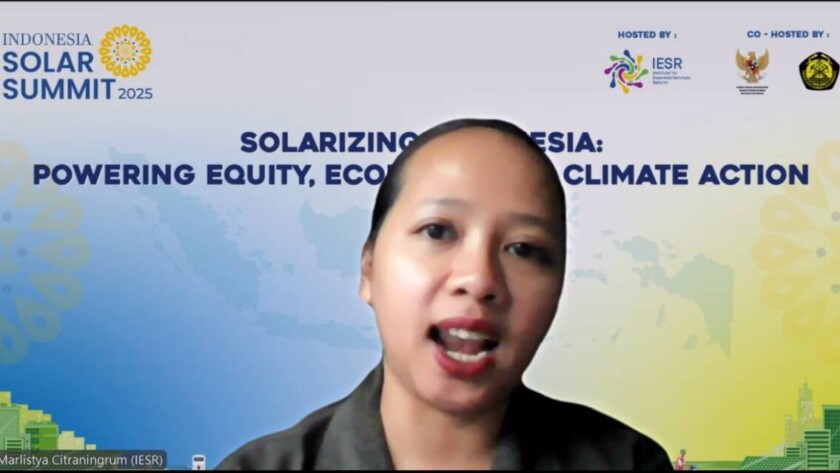
Jakarta, September 2, 2025 — The Indonesian government is beginning to position solar energy as a key strategy for reducing emissions and meeting energy needs at the national, regional, and industrial levels. According to the Electricity Supply Business Plan (RUPTL) of PT PLN (Persero) for the 2025-2034 period, the country is targeting a solar power…
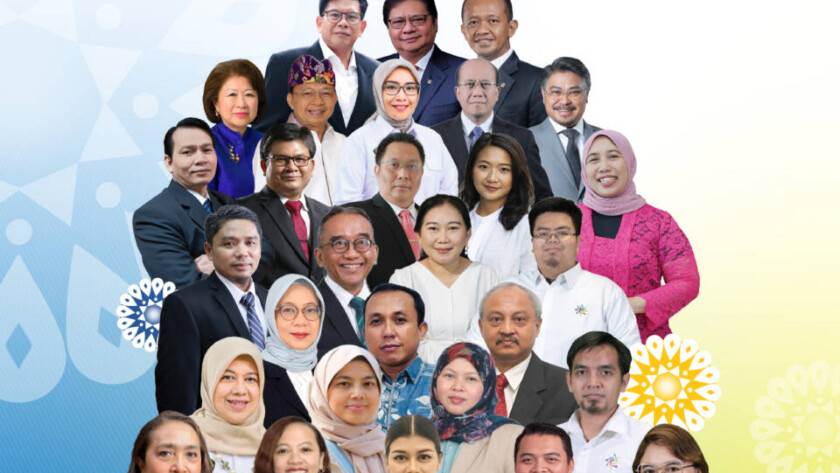
Background
Indonesia has enormous technical potential for solar energy, ranging from 3,000 to 20,000 GWp (IESR, 2021). However, as of the end of 2024, the installed capacity of solar power plants (PLTS) remains below 1 GW; an irony given the urgency of the climate crisis and Indonesia's commitment to achieving Net Zero Emissions (NZE) by…
IESR hopes this pilot project can be replicated. Read more on Republika.
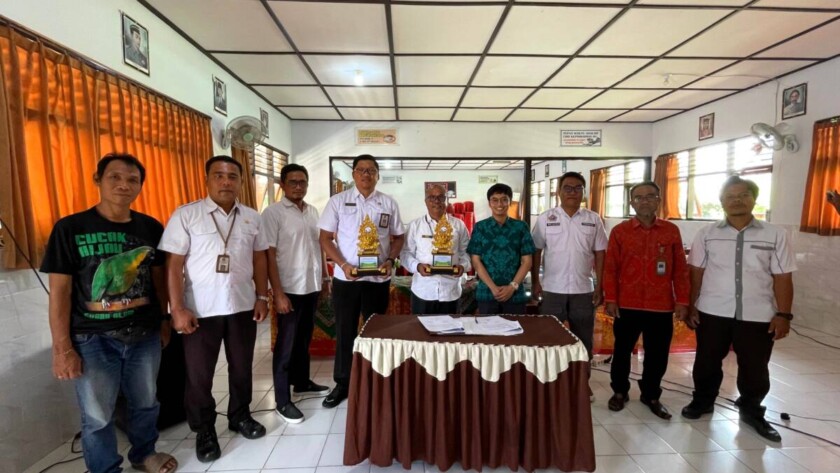
Denpasar, August 27, 2025 - Under the warm sunshine, the Institute for Essential Service Reform (IESR) and the Bali Provincial Government simultaneously inaugurated the installation of Solar Power Plants (PLTS) in three villages on Wednesday (August 27th) with a total capacity of 15.37 kWp. The installations are located in Banjarasem Village, Buleleng Regency; Baturinggit Village,…
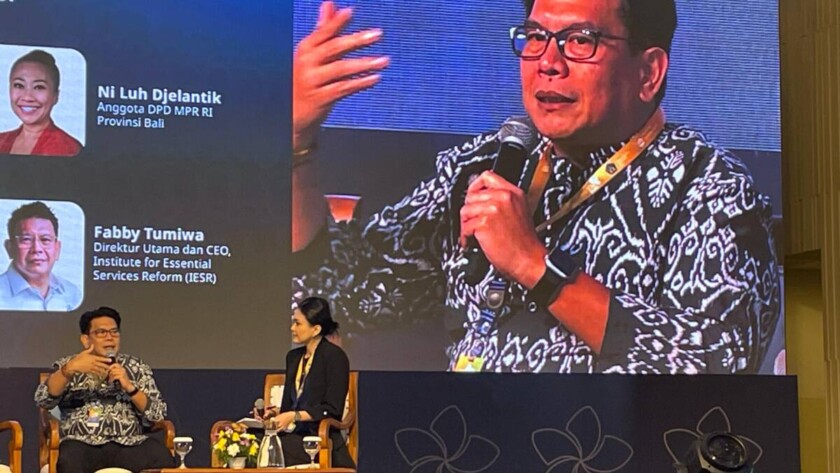
Denpasar, August 25, 2025 - "With the dominance of the tourism sector, electricity demand in Bali is expected to continue to grow until 2045–2050. Therefore, in addition to calculating energy needs, it is important to prepare infrastructure that supports the transition to clean energy. The most realistic solution is to utilize rooftop solar power plants…
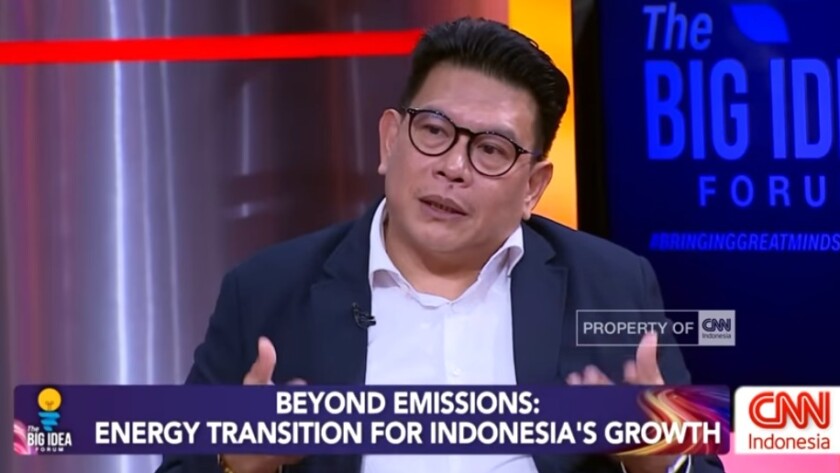
Jakarta, August 21, 2025 - The government plays a crucial role in accelerating the energy transition in Indonesia. In addition to creating programs that support renewable energy development, the government must also provide incentives for companies and the public to invest in renewable energy technologies. One program worth considering is the Rooftop Solar Power Plant…
Plans to build solar power plants with a total capacity of 100 gigawatts (GW) in 80,000 Merah Putih Village Cooperatives (Kopdes) still face challenges. One of them is related to funding. Read more on Kontan.
